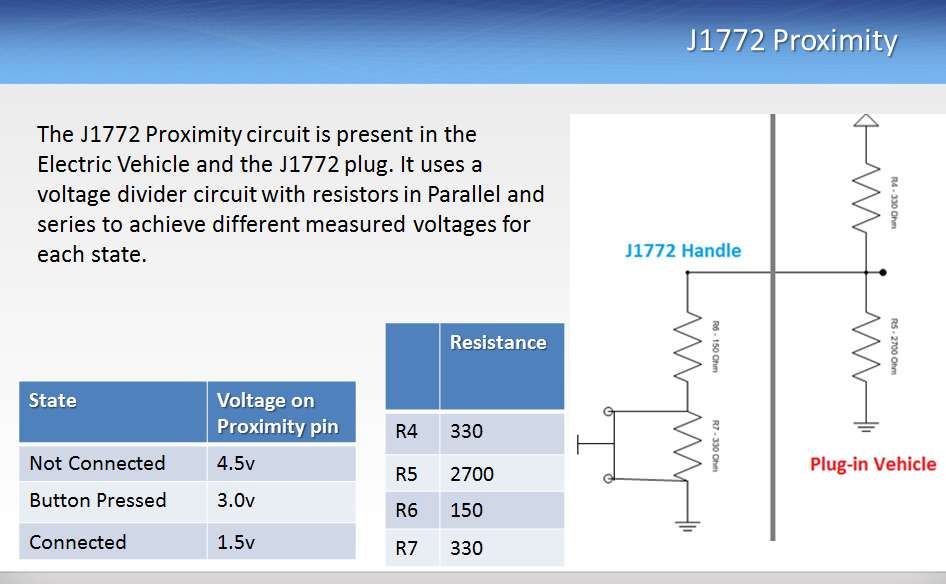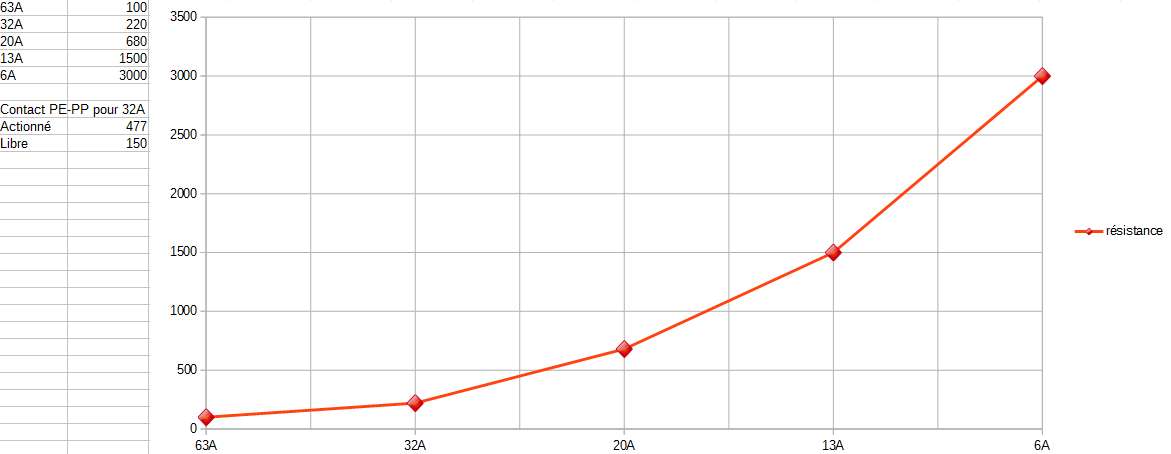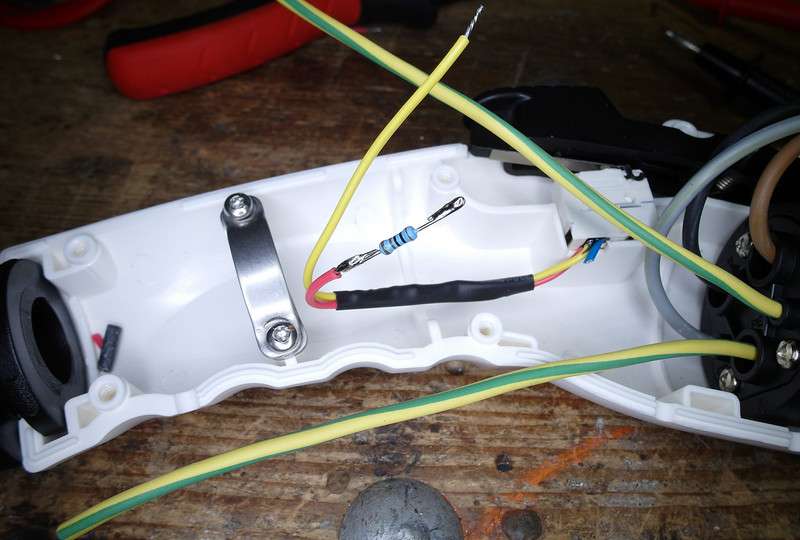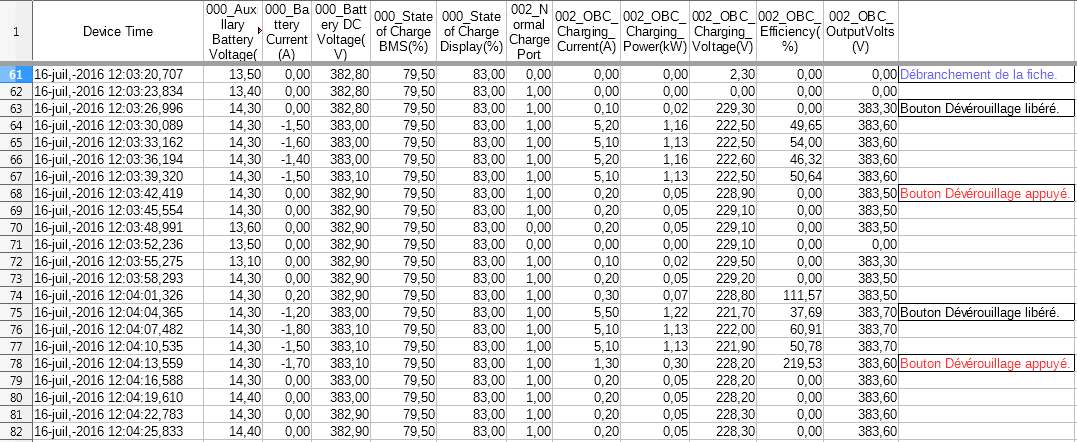vanillagorilla said:
Opposite question - can the included trickle charger draw fewer amps? I might trickle charge for a few weeks prior to installing an L2 but I'm concerned about flipping a breaker with the chest freezer on the same circuit.
In short, no. The charger included with the car is factory set. I imagine it could be adjusted, possibly by reprogramming (perhaps similar to reprogramming an Arduino controller), and the charger would then output a different duty cycle for the 1 kHz square wave... but why bother? Just build an OpenEVSE and save yourself the trouble. In any case...
While it's a great idea not to overload any circuit, this would be a
*terrible* way to charge your car. Not only would it take forever, it would be insanely inefficient. You'd be better off (if you must) with a contractor-grade oversized gauge extension cable, plugged into the nearest dedicated outlet. Not really supposed to use extension cords for charging, but it CAN be done, if done right (hence the oversized conductors). You WILL lose some power to resistance in the cable, with more loss for a longer length of cable, but if the cord isn't warming up it shouldn't be unsafe. Watch for water/rain/trip hazard, etc. though. You'd probably be better off plugging the freezer in somewhere else (with a suitable extension cord for the freezer), and using the freezer's old socket as a dedicated outlet for your car.
I've done some testing with the L1 included in the car, along with my OpenEVSE L2 charger. I've set the OpenEVSE at various current levels and measured time to charge, and input power. Roughly, here's what I found.. Total minutes below is the total time I ran the test. As you can see, the slower the charge, the higher the number of KW "wasted" due to the overhead in the onboard charger/BMC/etc.
BTW these are handy numbers to have if you want to plan a trip and need to do dome charging at a stop on the road:
For L1 Charging @ 1.42 KW:
Percent per minute 0.0608%
Total minutes 444
Total percent added 27.0000%
Voltage 122
Amperage 12
Power KW/hr 1.464
Total W/Hr added 10833.6
Total KW/Hr added 10.8336
Projected 100% charge time in minutes 1644.444444
Projected time in hours 27.40740741
Projected W/Hr for full charge 40124.44444
Projected KW/Hr for full charge 40.12444444
Battery capacity KW/Hr 27
Battery requirement for charge 40.12444444
Wasted KW/Hr 13.12444444
Hourly KW/Hr lost to overhead and inefficiency 0.478864865
For L2 Charging @ 2.68 KW:
Percent per minute 0.1333%
Total minutes 180
Total percent added 24.0000%
Voltage 208
Amperage 12.9
Power KW/hr 2.6832
Total W/Hr added 8049.6
Total KW/Hr added 8.0496
Projected 100% charge time in minutes 750
Projected time in hours 12.5
Projected W/Hr for full charge 33540
Projected KW/Hr for full charge 33.54
Battery capacity KW/Hr 27
Battery requirement for charge 33.54
Wasted KW/Hr 6.54
Hourly KW/Hr lost to overhead and inefficiency 0.5232
For L2 Charging @ 6.12 KW:
Percent per minute 0.3167%
Total minutes 120
Total percent added 38.0000%
Voltage 208
Amperage 29.4
Power KW/hr 6.1152
Total W/Hr added 12230.4
Total KW/Hr added 12.2304
Projected 100% charge time in minutes 315.7894737
Projected time in hours 5.263157895
Projected W/Hr for full charge 32185.26316
Projected KW/Hr for full charge 32.18526316
Battery capacity KW/Hr 27
Battery requirement for charge 32.18526316
Wasted KW/Hr 5.185263158
Hourly KW/Hr lost to overhead and inefficiency 0.9852
For L2 Charging @ 7.06 KW:
Percent per minute 0.3824%
Total minutes 68
Total percent added 26.0000%
Voltage 240
Amperage 29.4
Power kw/hr 7.056
Total W/Hr added 7996.8
Total KW/Hr added 7.9968
Projected 100% charge time in minutes 261.5384615
Projected time in hours 4.358974359
Projected W/Hr for full charge 30756.92308
Projected KW/Hr for full charge 30.75692308
Battery capacity KW/Hr 27
Battery requirement for charge 30.75692308
Wasted KW/Hr 3.756923077
Hourly KW/Hr lost to overhead and inefficiency 0.861882353





